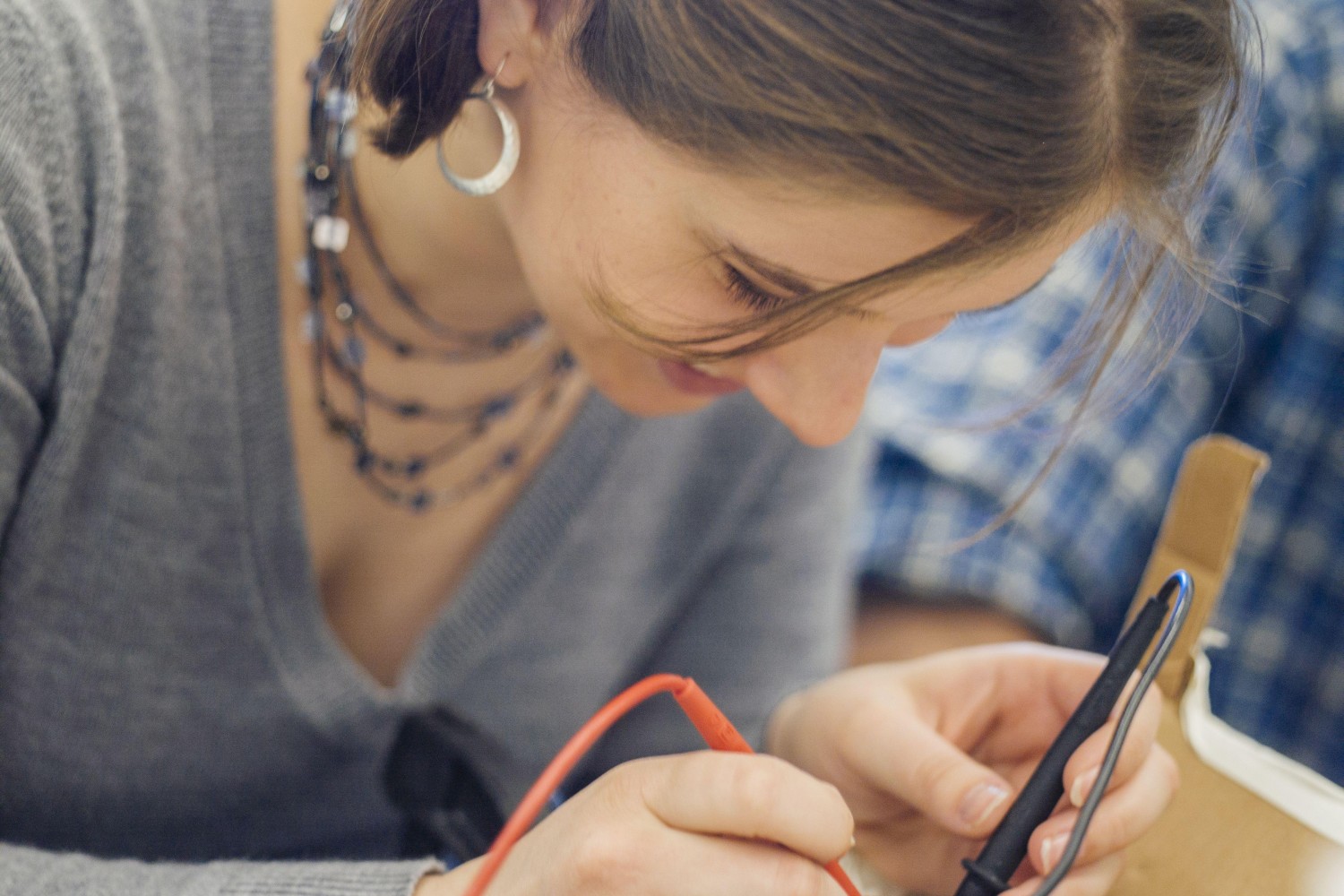When Richard Avedon first started photographing for Harper’s Bazaar at the young age of twenty-two, he didn’t have a studio. Still, he didn’t let that stop him; instead, he got resourceful by shooting fashion photos in the streets, at nightclubs, and on the beach. It wasn’t too long before he’d built up one of the most impressive portfolios in the business—and earned his spot as the magazine’s lead photographer.
These days, few photographers would debate the importance of having a portfolio to show to potential clients, but unless you’re already an established photographer with an extensive client list, it can be difficult to know where to start. Like Avedon, you don’t need a professional studio or a waitlist of high-profile clients; you just need some creativity.
Below, we share our top tips for cultivating and building a portfolio from scratch, including brainstorming new shoot ideas and connecting with the right clients. While these insights are geared mostly toward those just starting out in the freelance business, many can be adapted to suit more experienced photographers as well.
Brainstorm personal projects
Even if you don’t have many assignments on your schedule, keep shooting. It can help to have a running list of projects you want to tackle during the slower months—these can be as simple as a still life shoot or a portrait session. Or, maybe it’s a documentary series about your neighborhood or a stylized fashion shoot with friends and family.
Use what you have available, and bring your camera everywhere, just in case something catches your eye. These personal projects will form the start of your portfolio, and they’ll also help you find and refine your creative voice. Even when you’re established and booking more jobs, many art directors and clients will look for your personal work to get a better feel for your style and interests. Invest in passion projects; they can pay off in the long run.
Collaborate
As you build your portfolio, keep an eye out for other creatives who are at similar stages in their careers; for example, if you’re just starting to shoot, reach out to models, makeup artists, and stylists who are beginners as well. Set up test shoots for practice and experience. Some models and stylists will be happy to trade time for prints—that is, in exchange for their help in building your portfolio, you’ll give them prints to use in their own portfolios or lookbooks. You can even put a call out via social media or casting sites; just make sure to iron out those details before the shoot.
Reach out to local businesses
It never hurts to call or leave a card at businesses and stores to get people talking and increase brand awareness—you might even get an assignment out of it. Send occasional promotions and cards to companies you admire, or reach out with an idea for a shoot tailored to their brand. You can also attend showings or industry events in your area. Maybe you start by shooting pro-bono for wedding vendors or planners, or offer a discount to a local restaurant. Keep a spreadsheet with potential contacts, and grow it as you go.
Get referrals and testimonials
When you do start to work with clients, invite their feedback. Testimonials provide social proof and show you’re serious about your business, so ask if you can share some of their quotations on your website. Even if you don’t have any paid clients yet, you can ask for a referral from friends you’ve worked with in the past; it can be a couple you photographed as a favor, or a friend you helped out with photos for their online shop.
Become a second-shooter
Many photographers (especially wedding and event photographers) get their start by second-shooting for other photographers, so reach out to photographers you admire in your area. You can find them on 500px, local Facebook groups, and more.
It doesn’t hurt to offer your help for free in the beginning; you can start to charge more as you gain experience. Of course, remember to get clear permission from the photographer (as well as any clients) before you add new work from these shoots to your portfolio.
Attend workshops
Another ideal way to connect with other artists is through virtual and in-person workshops led by established photographers. You’ll hone your skills, network with peers, and create new work for your portfolio in the process. Depending on your niche, some workshops will include sessions with models or food stylists. Again, remember to make sure you’re allowed to share the images before you book a spot.
License your work
Some clients might hire you for a commissioned shoot, while others might prefer to pay to use photos you’ve already shot. That’s where Licensing comes into play: through your website or a distributor like 500px, you can make your photos available to clients around the world. You keep the copyright, and they pay a fee to use the image in their marketing materials.
Licensing can help you earn passive income from your work, but it can also help keep you on track with personal projects, test shoots, and commercial lifestyle shoots. 500px also regularly shares Licensing Quests to help get your brainstorming juices flowing, complete with shoot ideas and creative briefs.
Be selective
The more you shoot, the more selective you can be about the jobs you accept. In the beginning, you might say “yes” to every opportunity that comes your way, but as time goes on, you’ll understand your brand better and be more equipped to determine which projects and clients are a good fit.
Every job is worth consideration, but if you’re not passionate about the project or the pay or usage isn’t right for you, it’s okay to decline every once in a while. Future clients will look at your past work when deciding whether or not to hire you, so it’s important to tackle jobs that align with your vision and goals.
Spread the word!
Last but not least, get your portfolio out there and in front of potential clients and followers. You can do this by building a dedicated portfolio website—500px has three templates built specifically for photographers—and updating it frequently, along with all your social media channels. The more you put yourself out there, the better your chances of success. Instead of waiting for clients to come to you, reach out to them.
Not on 500px yet? Sign up here to explore more impactful photography.
















Leave a reply